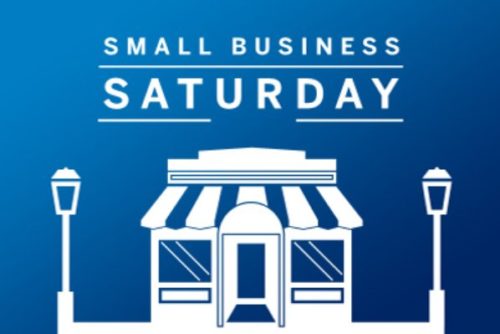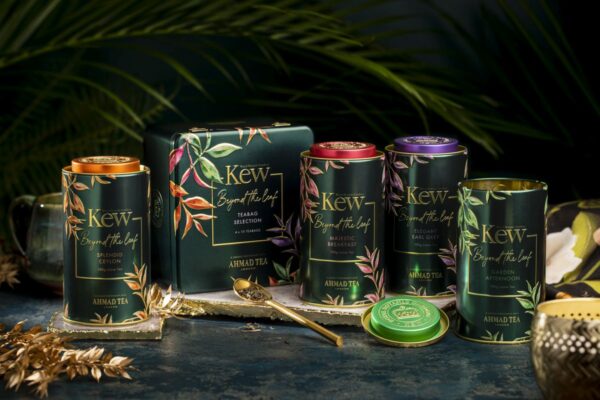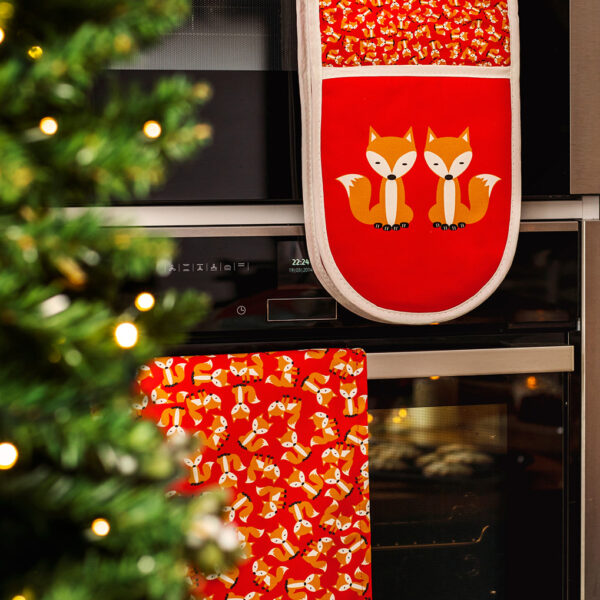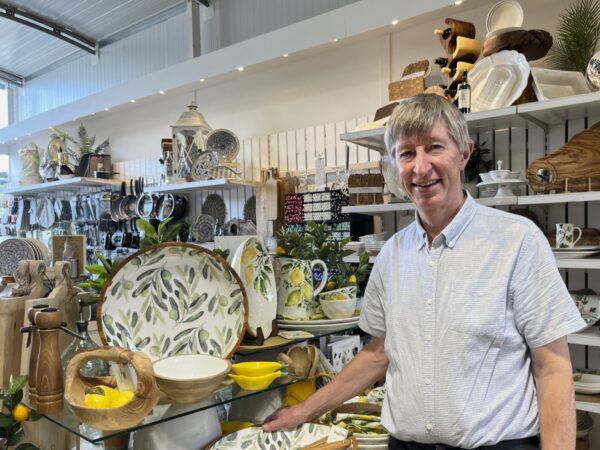 Alan Monahan writes: I suspect that many retailers will rue the day that Black Friday washed up on our shores from the US.
Alan Monahan writes: I suspect that many retailers will rue the day that Black Friday washed up on our shores from the US.
Like Andrew Jennings – who used to run Harrods, House of Fraser and New York department store Saks Fifth Avenue – they probably believe that the lead-up to Christmas should be a great opportunity to sell at full price and not offer big reductions. And I’m bound to agree.
Mr Jennings told the Evening Standard that the Black Friday sales period was getting longer and to cut prices was against everything he believed in regarding retailer profitability.
But we’re stuck with it, he said, and “if you don’t do it you lose out”.
Or do you? It’s already emerged that some retailers won’t make as much on promotions as they thought, while others will actually lose money.
So what does the future hold for Black Friday? Retail intelligence firm Springboard wonders if, as some retailers and pundits suggest, it simply diverts spending away from what is regarded as the traditional Christmas trading period. You would think so. After all, people only have so much disposable income and can spend it just once.
 But Springboard data clearly reveals that Black Friday is not immune to the wider economic environment. Indeed, looking at the results for footfall and online transactions in concert show that Black Friday this year delivered the poorest result since the event started in 2013.
But Springboard data clearly reveals that Black Friday is not immune to the wider economic environment. Indeed, looking at the results for footfall and online transactions in concert show that Black Friday this year delivered the poorest result since the event started in 2013.
So, does this spell the end of the UK’s love affair with the American import? Springboard suggests that will in part be answered by the success or otherwise of both the Christmas trading period and 2018 – bearing in mind that we are in the most uncertain environment for decades.
Its research seems to indicate an inverse relationship between footfall on Black Friday and during December. While it has risen on three of the five Black Fridays since 2013, footfall in December has consistently declined.
So, once again the jury is out on the success and value of Black Friday. Only when the final data emerges and retailers post their sales results will we be any the wiser.
One thing is obvious: bricks and mortar retailers may dabble but will never compete online with Amazon. However, they can score by serving up the best in-store experience possible, particularly in December.
At a time when the British Retail Consortium reports that shop prices are ‘still teetering on the edge of a return to inflationary territory’ and Christmas spending is forecast to drop, gift shop retailers may need more than festively-decorated windows to entice people across the threshold.
 GfK’s consumer confidence index in November matched the worrying -12 score seen in July 2016 after the Brexit vote, with the firm’s Joe Staton saying that the trajectory is unquestionably negative. ‘Sadly no amount of tinsel or baubles will change it. We need some big, positive economic good tidings to reverse this downward trend – some snap we can put into our Christmas crackers.’
GfK’s consumer confidence index in November matched the worrying -12 score seen in July 2016 after the Brexit vote, with the firm’s Joe Staton saying that the trajectory is unquestionably negative. ‘Sadly no amount of tinsel or baubles will change it. We need some big, positive economic good tidings to reverse this downward trend – some snap we can put into our Christmas crackers.’
Sorry, I can’t provide that. But, every little helps, as the slogan goes, so I’ll tell you about the time I lived in Hertfordshire and used to join other regular shoppers at the after-hours pre-Christmas buying events organised by the late lamented Peter Knight at his store in neighbouring Beaconsfield.
These fun occasions, run by this delightful old-school gentleman, weren’t lavish affairs – a mince pie and a glass of wine were offered, I recall. But they gave one the opportunity to browse for that special gift – and the convivial atmosphere certainly served to strengthen the bond between Peter and his customers. They were commercially successful, too, with brisk business at the till.
Retailers who want to build loyalty and gain a competitive edge could do worse than follow this example. Well, it’s a start. And in 2018 every customer is going to count.
Finally, congratulations to those of you who took part in Small Business Saturday on December 2nd, a great initiative which once again reached millions of customers across the UK, raising the profile of shops and putting money in their tills.
















